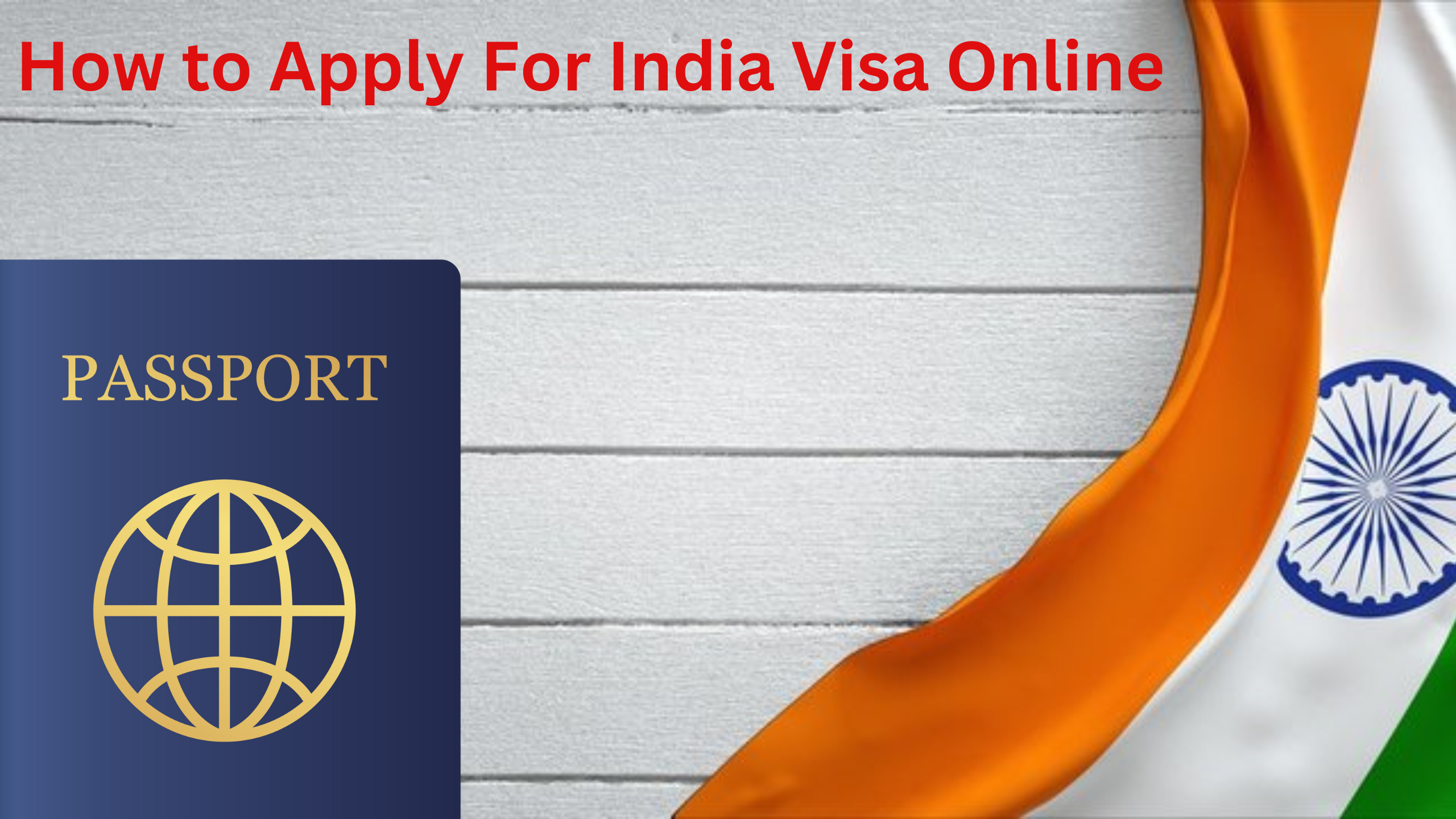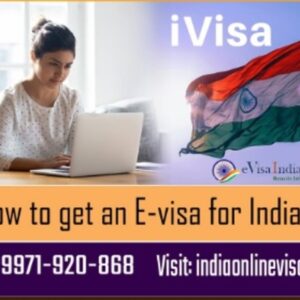The requirements for an India eVisa vary depending on your country of origin. Generally, you will need to have a passport that is valid for six months from your date of travel and have two blank pages for immigration stamps. You will also need a recent passport-style color photograph and a credit or debit card for payment of the visa fee.
Passport
If you are planning to visit India, it is important that your passport is valid for at least six months from the date of departure. Additionally, your passport must have two blank pages for the immigration officer to stamp when you arrive at the airport. This is a requirement for all foreign nationals who want to enter the country.
Whether you need a visa for tourism, business, or medical reasons, there are several types of Indian e-Visas available to meet your needs. Some are valid for up to one year, while others are limited in duration. Some require specific requirements, including proof of return travel arrangements and sufficient funds to support yourself during your trip.
The application form for an Indian eVisa must be completed in the prescribed format and accompanied by the appropriate fees. It is also essential that all entries are clear and legible. Incomplete applications will not be accepted, and signatures must be affixed with a ballpoint pen using black or blue ink. Applicants who are unable to sign their name must provide thumb impressions instead.
After submitting your online application, you will need to pay the required fees and schedule an appointment at a Passport Seva Kendra (PSK) or regional Passport Office. To do so, go back to the home page of the Passport Seva platform and click on the link labelled “View Saved/Submitted Applications.” Next, select the option “Pay and Schedule Appointment” and follow the instructions to complete this step.
The process of applying for an Indian passport can be complicated, especially if you are not familiar with the requirements. To simplify the process, you can hire a professional service like CIBTvisas to prepare all of the necessary documents for you. A senior CIBTvisas specialist will work closely with you to ensure that your documentation meets all government and consular requirements.
Application form
Citizens of the United States can obtain an Indian visa online by filling out a simple form. They can also check the status of their applications online. It is recommended to apply at least SEVEN days in advance of the travel date. The standard immigration process takes FOUR business days to complete. Applicants should also make sure that their passports have two blank pages.
The Indian government offers five types of e visas: tourist, business, medical, and medical attendant visas, as well as an e conference visa. Each type of visa has its own requirements. For example, a medical e visa requires a letter from an Indian hospital stating the purpose of your visit and the medical procedure you are receiving. Similarly, a business e visa requires a letter from an India-based company and the names of the people you plan to meet.
If you are planning to stay longer than the maximum permitted period, you will need to apply for a visa at the Indian embassy in your country of residence. This is because e-visas are only available for short trips. The Indian embassy also issues permits for foreigners who wish to work or study in the country.
Applicants can use the Indian government’s e-visa website to schedule an interview and pay for their visas. The website provides step-by-step instructions for how to fill out the application and submit supporting documents. Once the application has been submitted, you will receive a temporary 11-digit Application ID. You should save this number as it will be needed to access your application in the future. It will also be helpful if you have any questions about your application.
Photo
There are several types of visas for Indian citizens. Some are available on arrival, while others require pre-approval from the embassy or consulate. It is important to ensure that the visa you are applying for is correct for your purposes. Misuse of a visa can lead to its immediate cancellation.
Tourist visas are valid for 180 days or one year and allow multiple entries during that period. Business visas are valid for a maximum of 365 days and also allow multiple entries. Employment visas are valid for a maximum of two years and may be extended in designated offices (Foreigners’ Regional Registration Offices) within India.
Visitors to India must obtain a visa unless they are nationals of countries that are exempt from this requirement. Those wishing to visit for a religious purpose or to attend a conference should consult the embassy or consulate of their country of citizenship for information on requirements.
Students wishing to study in India must apply for a student visa before arriving. This visa is reserved for those who are enrolled in approved full-time educational courses, which may include training programs in yoga or traditional Indian art forms. There are strict rules governing this type of visa, and it is important to contact your school for more information.
It is a good idea to apply SEVEN days in advance of your intended travel date, especially during the peak season (October to March). This allows time for processing and obtaining your passport, as well as a few additional days to explore the region. If you plan on traveling in a group, make sure each person applies individually to avoid confusion and delays.
Fees
Citizens of the United States can obtain an Indian e-visa by completing a simple online questionnaire and providing essential supporting documentation. The questionnaire asks basic personal information, such as the travel dates and the purpose of the visit. In addition, travellers must provide a letter of invitation from a medical facility or hospital in India.
In order to qualify for an e-visa, travellers must also have a valid passport that is at least six months old and has two blank pages for immigration stamping upon arrival. In addition, they must be able to pay the visa fee using a debit or credit card. The fees are non-refundable and cannot be transferred to another person.
Applicants can apply for an Indian visa by submitting their scanned passport, photographs, and application form online. They can then submit their documents at an Indian visa center or at an Indian mission. The application process takes a minimum of 72 hours, so applicants should apply well in advance of their travel date.
The fees for an Indian visa vary by country and type of visa, but most are less than US$100. For example, a one-year tourist visa costs about US$90, while a five-year business visa cost about US$177.
A valid passport is required for all visas, and the purpose of the trip must be limited to tourism, business, or medical treatment. Currently, the visa is available for citizens of approximately 180 countries. The visa is non-extendable and non-convertible, and it is not valid for visiting Protected/Restricted or Cantonment areas. Additionally, it is not valid for stays of more than 30 days. Applicants should check with their local Indian embassy or consulate for further details.
Documents
Aside from the passport, you will need several other documents to apply for an india visa. These include proof of your financial capability, as well as other forms of identification. The consular officer will want to ensure that you have the ability to cover all of your expenses while in India. This is why he or she will ask to see bank statements, pay stubs, and other financial records.
You must also submit a letter of invitation from the institute that will host you as a visiting faculty, along with the synopsis of the courses you will be teaching. If you are applying for a visa for employment, you will need to provide a request for grant letter from the Indian company and a tax liability letter. You should also include a certificate from the Employees’ Provident Fund Organization (EPFO).
Proof of address is another important document that you must submit. This should be a valid photo ID such as a driver’s license or passport. It should show your name and date of birth, as well as your current address. The address must match the one you entered on the visa application form. In addition, the proof of address must be notarized.
If you are a student or retired, you will need to submit a recent three-month bank statement as evidence of your financial capability. If you are of Indian origin, it is important to have a Renunciation Certificate, which is a legal document that proves your renunciation of the Indian citizenship. You will also need to submit a copy of your travel itinerary and flight tickets. If you are traveling with a child, be sure to bring a copy of the child’s birth certificate.




